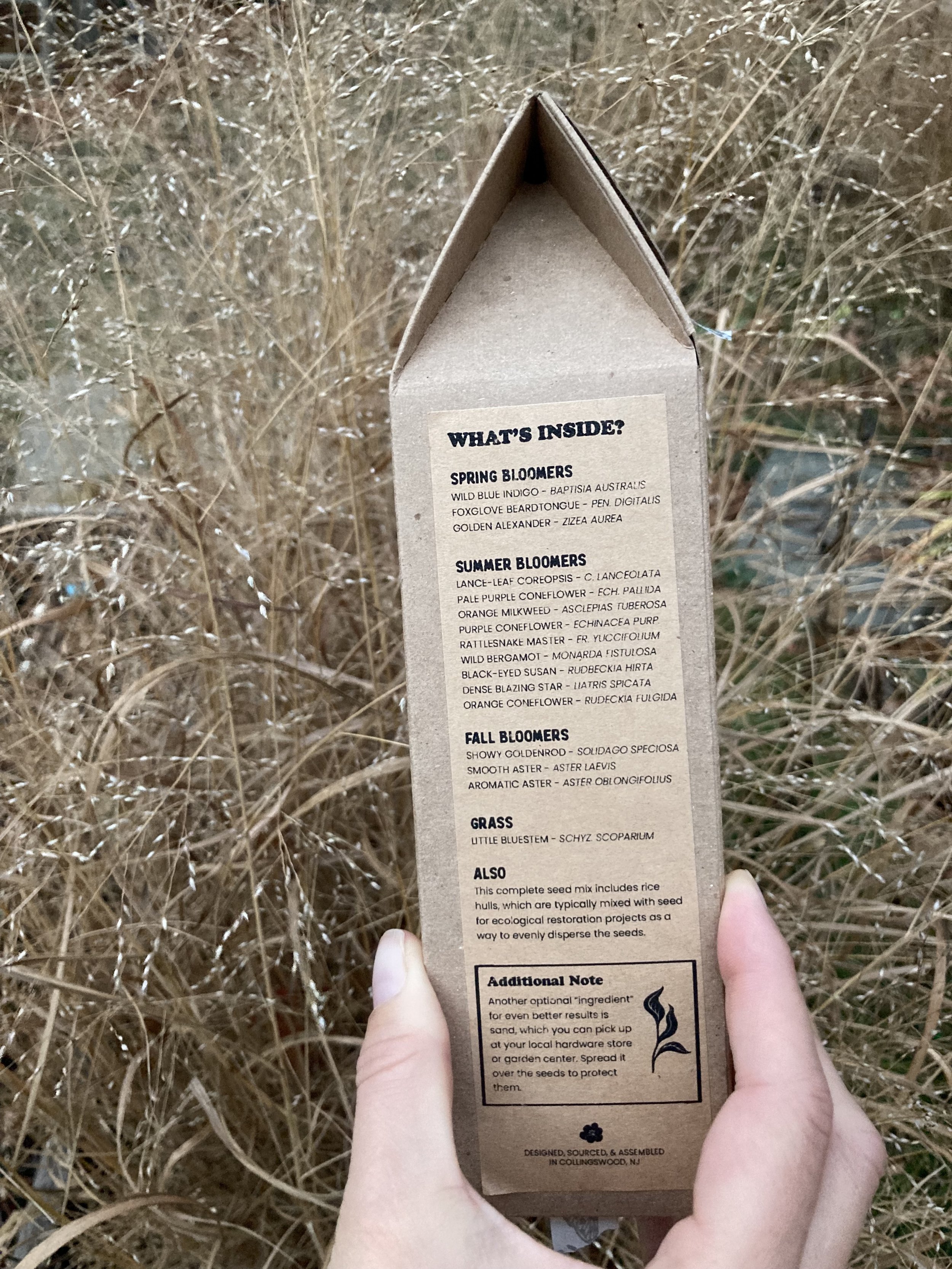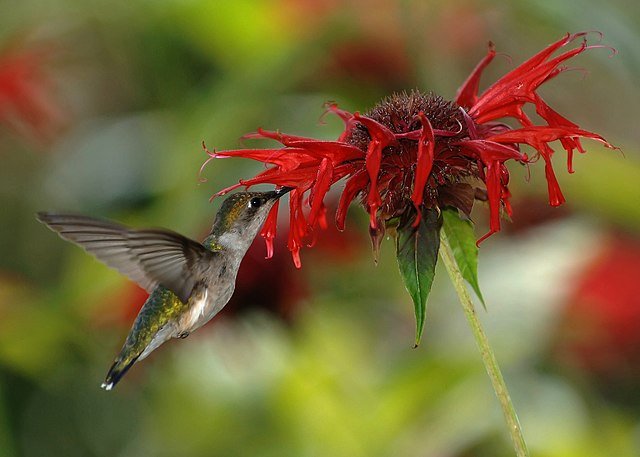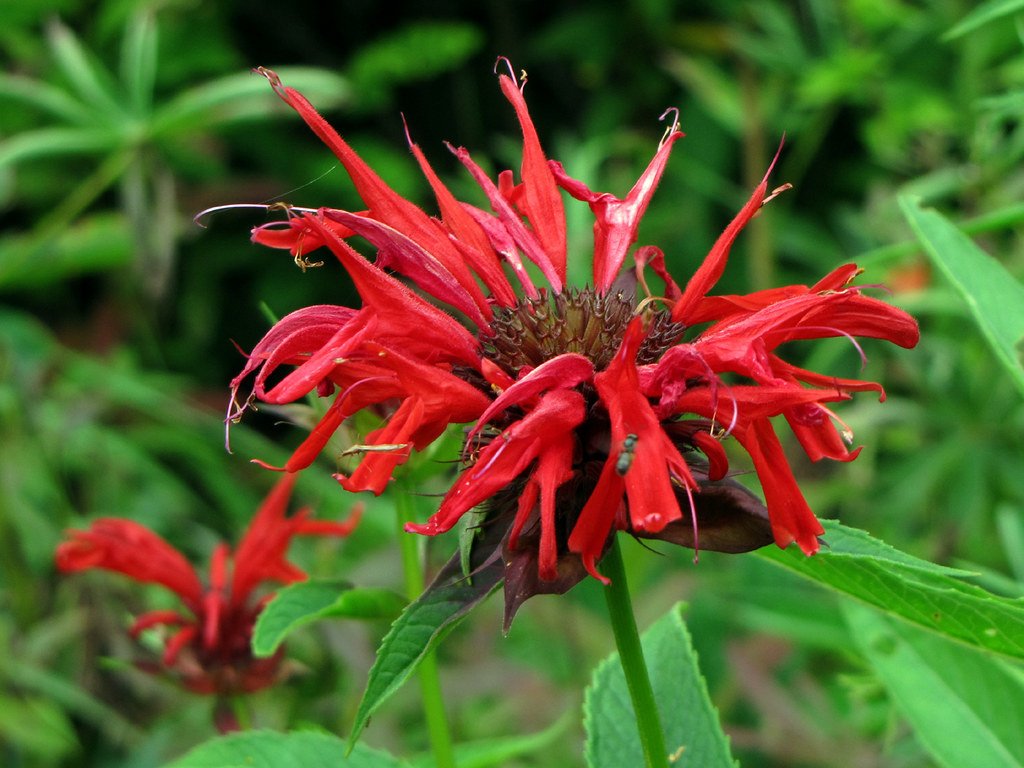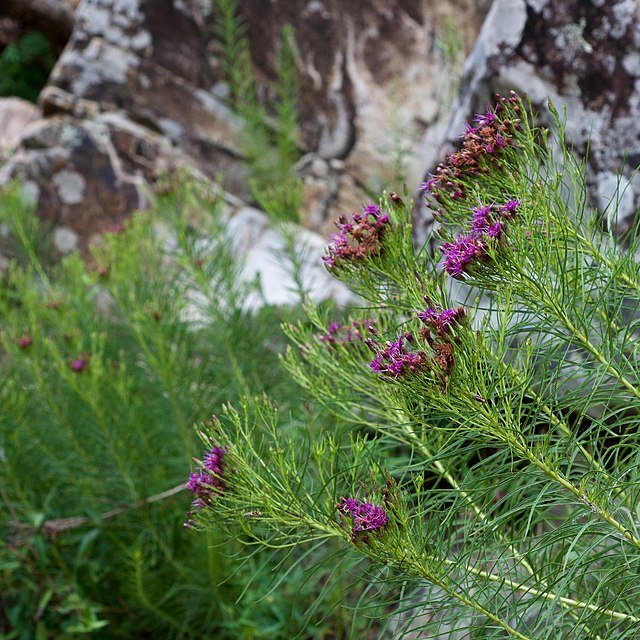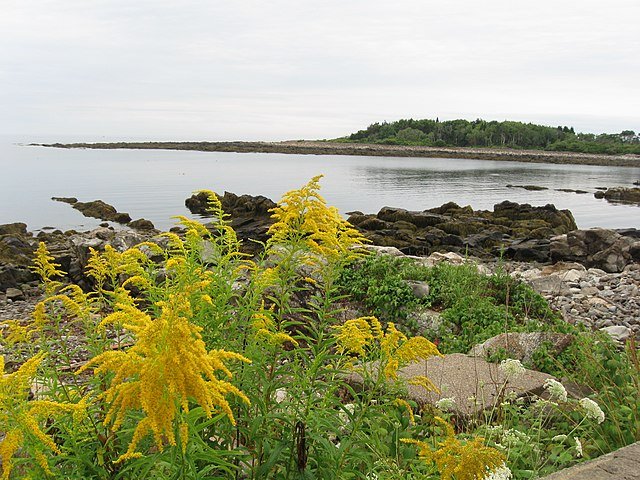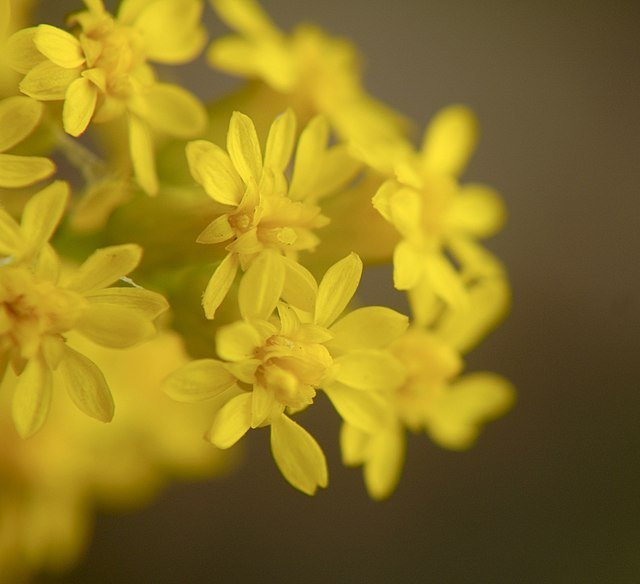The Seed Mix
Covers: 100 sq. feet
Source: Pesticide-free, regionally sourced seed
Soil: Average (Clay, Dirt, etc.)
Region: Selected for Inner Coastal Plain, Southern New Jersey, though all species have much larger range.
Moisture: Drought-Resistant
Light: Partial to Full Sun
No. of Plant Species: 16
No. of Beneficial Species Supported: 100+ Butterflies, Moths, Native Bees, Birds, and more
Species List
Spring Bloomers
Wild Blue Indigo - Baptisia australis
Foxglove Beardtongue - Penstemon digitalis
Golden Alexander - Zizea aurea
Summer Bloomers
Lance-leaf Coreopsis - Coreopsis lanceolata
Pale Purple Coneflower - Echinacea pallida
Butterfly Milkweed - Asclepias tuberosa
Purple Coneflower - Echinacea purpurea
Rattlesnake Master - Eryngium yuccifolium
Wild Bergamot - Monarda fistulosa
Black-Eyed Susan - Rudbeckia hirta
Dense Blazing Star - Liatris spicata
Orange Coneflower - Rudbeckia fulgida
Fall Bloomers
Showy Goldenrod - Solidago speciosa
Smooth Aster - Aster laevis
Aromatic Aster - Aster oblogifolius
Grass
Little Bluestem - Schyzachyrium scoparium
Planting Instructions
Pick a 10’ x 10’ area - or any area totaling 100 sq. feet.
Remove all grass, weeds, and competing plants.
Shake the bag, open it, spread seed over the area.
Gently press them into the soil.
Water. Watering becomes unnecessary once plants have established, but in the spring when you start seeing seedlings, you should baby the babies to help them grow.
For more detailed directions and more information about this mix, view our FAQ.



